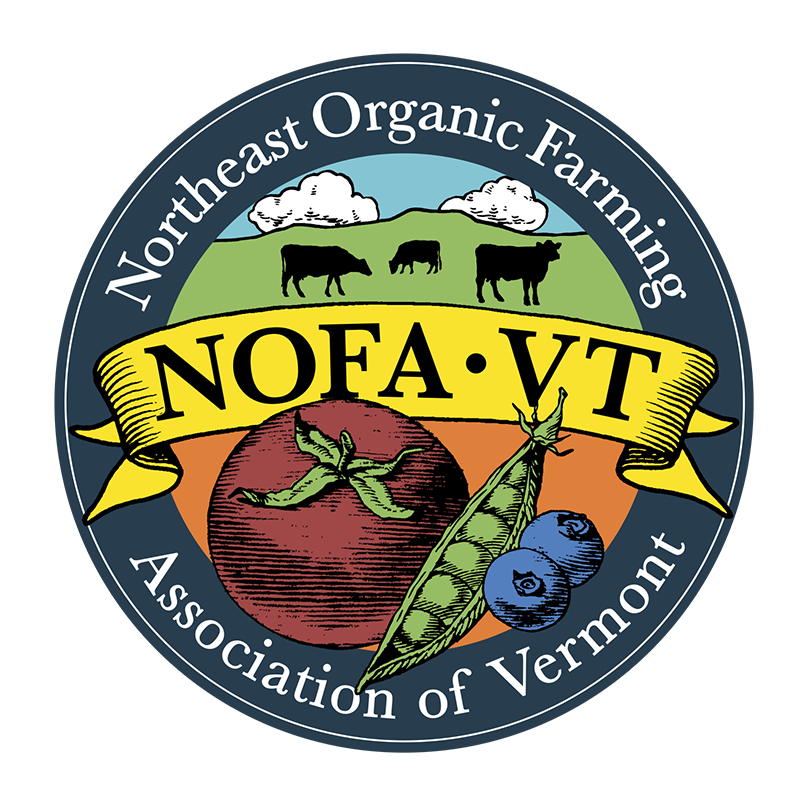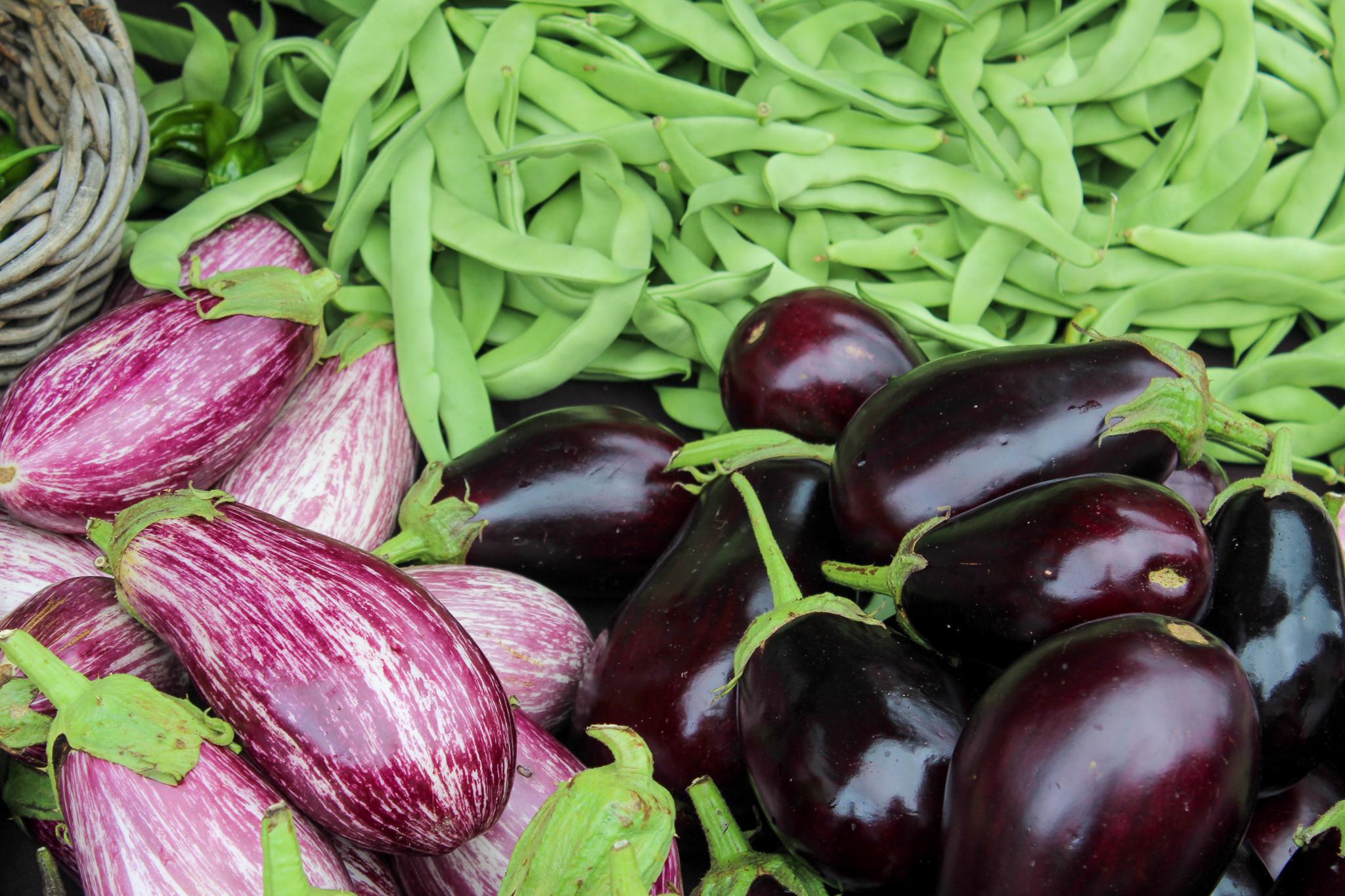In May, Gov. Phil Scott had the opportunity to sign into state law a landmark bill that would restrict uses of neonicotinoid insecticides (neonics) that are harming birds, bees and other insects that sustain Vermont’s agricultural economy and environment. Modeled after New York’s Birds and Bees Protection Act, H.706 passed the Legislature with strong support. Nonetheless, the governor issued a veto, calling H.706 “anti-farmer” legislation.
As representatives of two of the largest member-based farming organizations in Vermont, we disagree. This is an important bill protecting farmers, farmland and food security -— and we fully support Vermont legislators in overriding the veto when they are back in the State House on June 17th.
Many Farmers and farmworkers have signed a letter in support of this bill and the number is growing. We understand that the fates of farming and the environment are intertwined. We need healthy soils, water and biology to produce healthy food for our communities now and in the future.
H.706 allows time and the potential for resources to support farmers in transitioning away from the use of neonics.
It prohibits the sale or use of neonic coatings on corn, soybean, wheat and cereal seeds by 2029; prohibits some outdoor uses by 2025; and requires BMPs for permitted neonic uses. The bill contains an exemption for agricultural and environmental emergencies. It would eliminate a significant percentage of the neonics released into Vermont’s environment every year.
Extensive neonic use is a driver of bee declines. These potent insecticides have made U.S. agriculture 48 times more harmful to insect life since their introduction.
According to Vermont’s Agency of Agriculture, beekeepers lost at least 25% of their honeybees during the winter for the last three years. The non-profit Bee Informed Partnership reports even higher combined summer and winter colony losses: 35-85% each year for the last four years. As one Vermont beekeeper told the House Agriculture Committee, “there’s a saying in the industry that we’re no longer beekeepers — we’ve become bee replacers.” What’s more, 33% of Vermont’s 350 native bee species are imperiled, and there is no replacing wild species once they are lost.
This is a problem for Vermont’s 6,800 farms that produce food, feed, seed and fiber crops that are dependent on native and managed pollinator populations. These crops include apples, squash, melons, tomatoes, cherries, blueberries and many others.
Neonics impact food production in other ways, too. Just as overuse of antibiotics can result in drug-resistant “superbugs”, overuse of pesticides can generate resistant pests. This jeopardizes food production and makes growers even more reliant on companies that profit from pesticide sales.
What’s more, neonics can increase pest pressure by eliminating predators of pests, such as beetles and wasps. Neonics also disrupt soil microbial and insect communities that make nutrients available to plants.
Neonics applied as seed coatings on crop seeds represent the single greatest source of reported insecticide use in the state. 99.6% of corn and 34% of soybean crops are grown from neonic-treated seed, covering 97,000 acres of Vermont agricultural land. Usage rates are so high because treated seeds are used “prophylactically” or “just in case” a seed pest is present.
It is assumed that this practice benefits farmers. However; extensive research finds that corn, soybean, and other seed coatings provide no overall economic benefits to farmers. And this conclusion continues to be affirmed by field trials in New York and Vermont.
In 2019, Quebec (Canada) prohibited the use of neonic-coated corn and soy seeds unless an agronomist provides a “prescription” based on measured pest thresholds. Less than 0.5% of Quebec’s soy and corn acreage is now grown from neonic-treated seed and there have been no documented impacts on yield. Quebec farmers report that they are saving money by switching to untreated seed.
Pesticides don’t recognize property boundaries. Neonics can travel on dust in the wind during planting and can be absorbed by nearby plants. Neonics can persist in soil for many years and they easily end up in water used to irrigate crops and feed livestock.
The Vermont Agency of Agriculture Food and Markets has reported neonic residues in nearly all surface waterways in the state, including levels harmful to aquatic life. Detections include 63% of samples from Jewett Brook, 31% from Hungerford Brook, and 18% from Mill River.
The companies manufacturing pesticides, applying them to the seeds and selling them to farmers are the ones who profit from their widespread use — not producers, and not the land we tend. Every year of inaction leads to more insect and bird losses, more soil and water contamination and ever greater threats to Vermont’s farms, food systems and people.
We need to focus on the needs of farmers in this transition, and we must begin the transition with this bill now. We strongly support our legislators in overriding the Governor’s veto so H.706 can become law.

